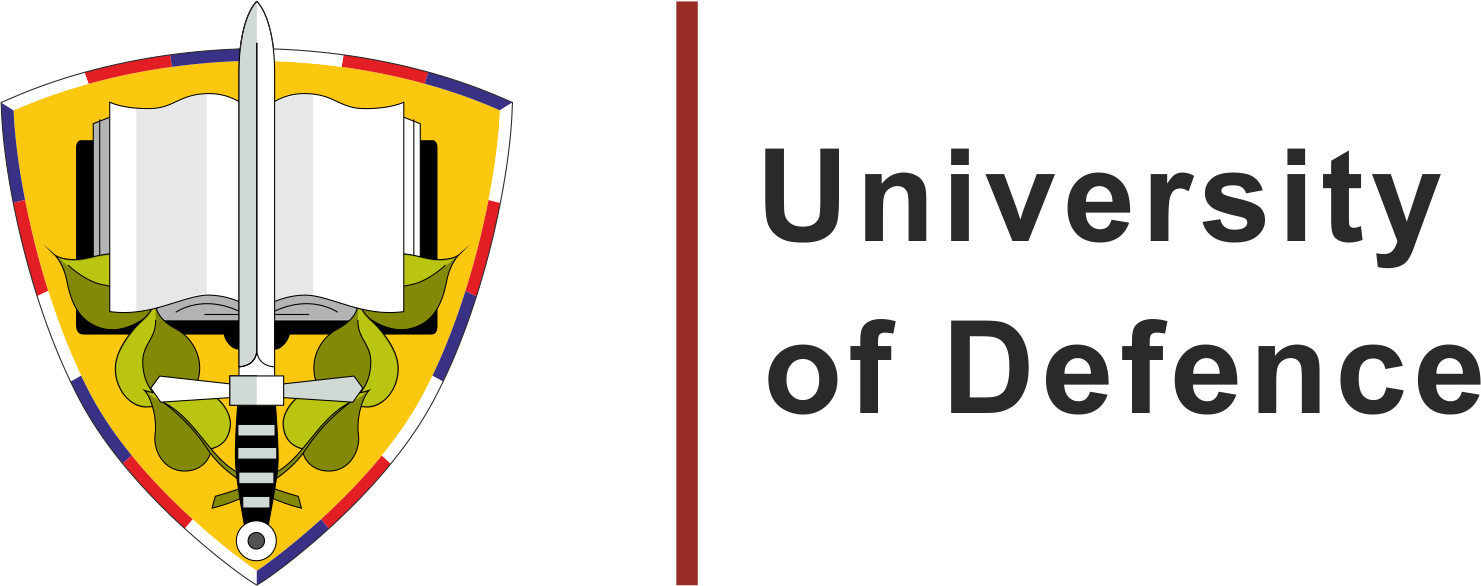Body Anthropometric Study of Malaysian Security Personnel
DOI:
https://doi.org/10.3849/aimt.01162Keywords:
military, ergonomics, Asian, clothing, equipmentAbstract
The case study presents a collection of anthropometric data obtained from security agency personnel who worked at the National Defence University of Malaysia in 2011. The study involved 450 male respondents ranging from 21 to 57 years old. Anthropometric dimensions of chest, shoulder, waist, hip, and neck circumferences were measured, and one‐way ANOVA was performed to determine significant difference for selected parameters by age group. Statistical results showed a significant correlation between body measurements (chest, waist, hip, and neck circumferences) and age group.
References
LEHTO, M.R. and LANDRY, S.J. Human System: Chapter Two, Introduction to Human Factors and Ergonomics for Engineers. 2nd edition, CRC Press, 2013.
PELEG, K., RIVKIND, A and DANIEL, L. Does Body Armour Protect from Firearm Injuries? American College of Surgeons, 2006, vol. 202, no. 4, p. 643-648.
KAGAWA, M., BINNS, C.W. and HILLS, A.P. Body Composition and Anthropometry in Japanese and Australian Caucasian Males and Japanese Females. Asia Pacific Journal of Clinical Nutrition, 2007, vol. 16 no. 1, p. 31-36.
YASUTO, N. and VINCENT, N. Anthropometric Comparison between Japanese and Caucasian American Male University Students. Applied Human Science: Journal of Physiological Anthropology, 1998, vol. 18, no. 1, p. 9-11.
DEROS, B.M., MOHAMAD, D., ISMAIL, A.R. and NAZREE, M.N.M. Application of Malaysian Anthropometric Data in Home Furniture Design. National Symposium on Advancements in Ergonomics and Safety (ERGOSYM2009). Perlis, Malaysia, 2009, p. 68-71.
MOKDAD, M. and AL-ANSARI, M. Anthropometrics for the Design of Bahraini School Furniture. International Journal of Industrial Ergonomics, 2009, vol. 39, no. 5, p. 1-8.
HU, H., LIA, Z., YANA, J., WANGA, X., XIAOB, H., DUANA, J. and ZHENGA, L. Anthropometric Measurement of the Chinese Elderly Living in the Beijing Area. International Journal of Industrial Ergonomics, 2007, vol. 37, p. 303-311.
PHEASANT, S. Bodyspace: Anthropometry. Ergonomics and Design. Taylor and Francis, 1986, vol. 31.
ROEBUCK, J.A., KROEMER, K.H.E. and THOMPSON, W.G. Engineering Anthropometric Methods. 2nd edition, New York: Wiley, 1975.
VAIDYA, R., BHALWAR, R. and BOBDEY, S. Anthropometric Parameters of Armed Forces Personnel. Med J Armed Forces India. 2009, vol. 65, no. 4, p. 313-318.
KARMEGAM, K. et al. Anthropometric Study Among Adults of Different Ethnicity in Malaysia. International Journal of the Physical Sciences. 2011, vol. 6, no. 4, p. 777-788.
HAIR, J.F.,Jr., BLACK, W.C., BABIN, B.J., ANDERSON, R.E. and TATHAM, R.L. Multivariate data analysis. 6th edition, New Jersey: Prentice Hall, 2006.
YAACOB, M.R. SPSS for Business and Social Science Students: Version 14 for Windows. Kota Bharu: Pustaka Aman Press, 2008.
CURRAN, P.J., WEST, S.G. and FINCH, G.F. The Robustness of Test Statistics to Non‐normality and Specification Error in Confirmatory Factor Analysis. Psychological Methods, 1996, vol. 1, p. 16-29.
CHUAN, T.K., Hartono, M. and Kumar, N. Anthropometry of the Singaporean and Indonesian Populations, International Journal of Industrial Ergonomics, Vol. 40, no. 6, 2010, p. 757-766.
MANANDHAR, M.C., ANKLESARIAZ, P.S. and ISMAIL, S.J. Weight, Skinfolds and Circumference Characteristics of Poor Elderly People in Mumbai, India. Asia Pacific Journal of Clinical Nutrition, 1997, vol. 6, no. 3, p. 191-199.
Downloads
Published
License
Copyright (c) 2017 Advances in Military Technology

This work is licensed under a Creative Commons Attribution-NonCommercial 4.0 International License.
Authors who publish with this journal agree to the following terms:
1. Authors retain copyright and grant the journal right of first publication with the work simultaneously licensed under a Creative Commons Attribution License that allows others to share the work with an acknowledgement of the work's authorship and initial publication in this journal.
2. Authors are able to enter into separate, additional contractual arrangements for the non-exclusive distribution of the journal's published version of the work (e.g., post it to an institutional repository or publish it in a book), with an acknowledgement of its initial publication in this journal.
3. Authors are permitted and encouraged to post their work online (e.g., in institutional repositories or on their website) prior to and during the submission process, as it can lead to productive exchanges, as well as earlier and greater citation of published work.
Users can use, reuse and build upon the material published in the journal for any purpose, even commercially.






